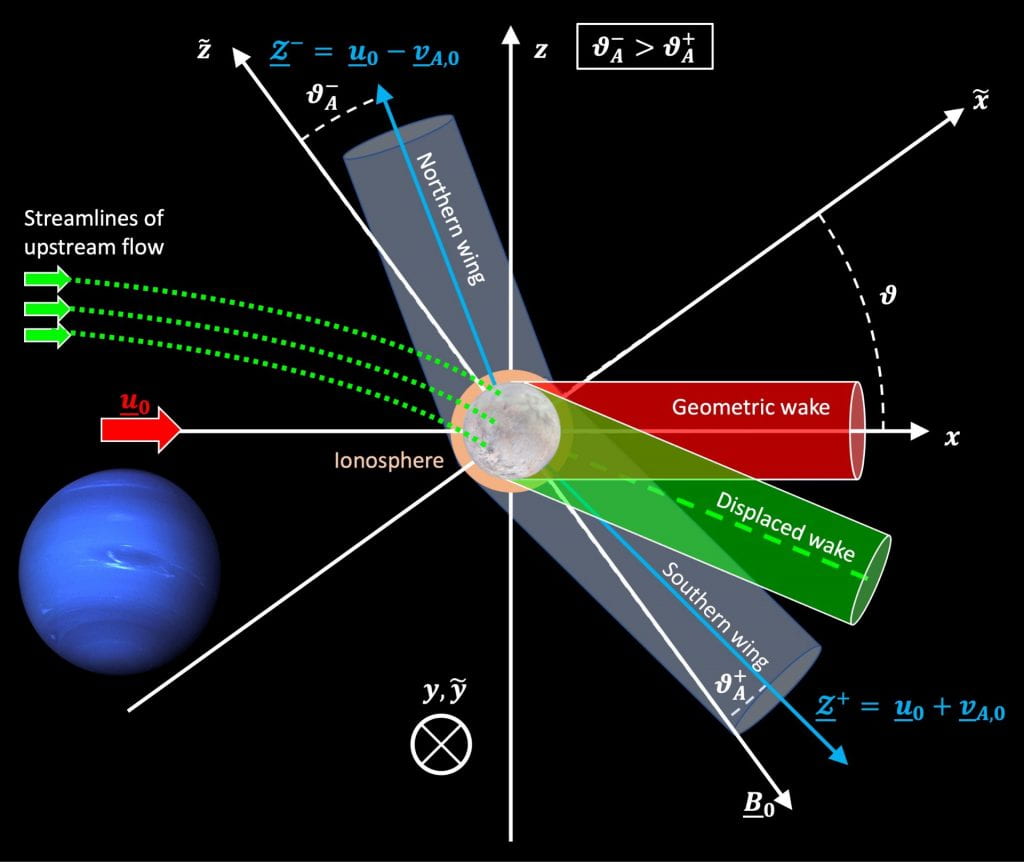Peter Addison
Doctoral Candidate in Space Plasma Physics
Georgia Institute of Technology
My name is Peter Addison, and I am a doctoral candidate in the School of Earth and Atmospheric Sciences at Georgia Tech. My research is focused on understanding the surface bombardment of icy moons within the Solar System by energetic charged particles (ions and electrons). The effects of this bombardment range from radically altering the surface composition to generating a moon’s tenuous atmosphere. I am currently studying these processes in action on Jupiter’s moon Europa, one of the most promising sources for potential extraterrestrial life in the solar system.
CONTACT: EMAIL | | Linkedin || Google Scholar
Research Areas
- Charged Particle Bombardment of Jupiter’s Moon Europa: Embedded deep within Jupiter’s magnetosphere, the icy moon Europa is exposed to a withering barrage of fast-moving charged particles. These particles play a key role in altering Europa’s incredibly young surface, both by breaking down surface compounds, and by “kicking up” (sputtering) neutral particles. Sputtering of Europa’s surface ice is the leading theory behind the generation of Europa’s dilute oxygen exosphere. Therefore, a detailed understanding of how and where these particles impact the surface is critical for a comprehensive understanding of the moon. Furthermore, charged particle bombardment can disrupt and even destroy critical instruments on spacecraft sent to explore the icy moon. Mapping of the surface bombardment can therefore inform future spacecraft missions as to the extent to which they must shield their instruments from charged particle irradiation, and where the safest location is to land so as to minimize risk to the instruments.

- Triton’s Interaction with Neptune’s Complex Magnetosphere: Neptune possesses one of the most unique and complicated magnetospheres in the solar system. The magnetic axis of the planet is inclined by 47 degrees against the rotation axis, and is also displaced roughly half of a planetary radius from the planet’s center. As a result, Neptune’s satellites experience a highly dynamic magnetospheric environment, subject to a number of periodicities. Triton, the largest moon of Neptune, is hypothesized to a have liquid water ocean beneath the moon’s icy crust. The time-variation of Neptune’s magnetic field induced currents in this conducting ocean, generating a secondary, induced field at the moon. Although in-situ data from Triton is limited, analytical and numerical modeling of Triton’s interaction can inform future missions to this moon, as well as elucidate new realms of plasma physics that require Triton’s unique environment in order to exist.

- Plasma Deflection around Jupiter’s Moon Io: Io, the most volcanically active body in the solar system, is located just 4 Jupiter radii from the surface of its parent planet. It is therefore exposed to a plasma population ten times more dense than that near Europa, and hundreds of times more dense than the plasma near Callisto (the Galilean moon most distant from Jupiter). In addition, Jupiter’s magnetic field is nearly ten times stronger at Io than at Europa. Io therefore represents one of the most extreme laboratories in which to study magnetospheric plasma interactions. Numerical modeling of Io’s plasma interaction can allow us to understand how plasmas work in such an extreme environment, and even illuminate our understanding of what lurks below Io’s surface.


